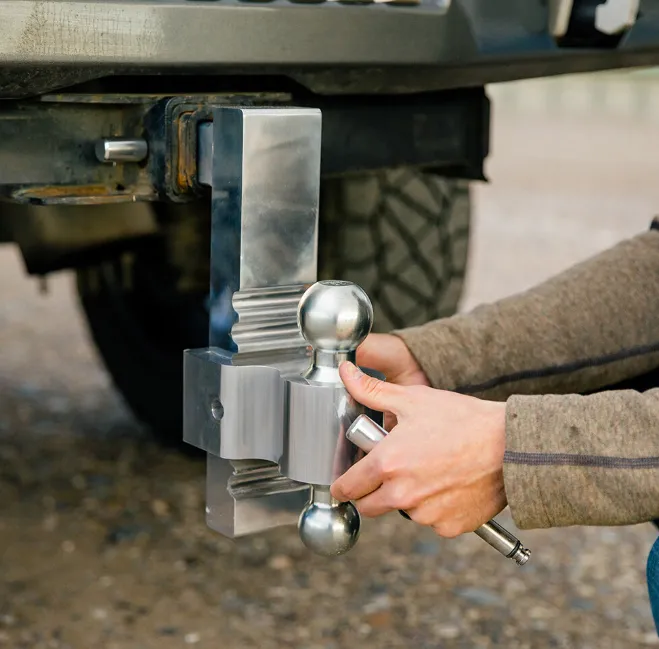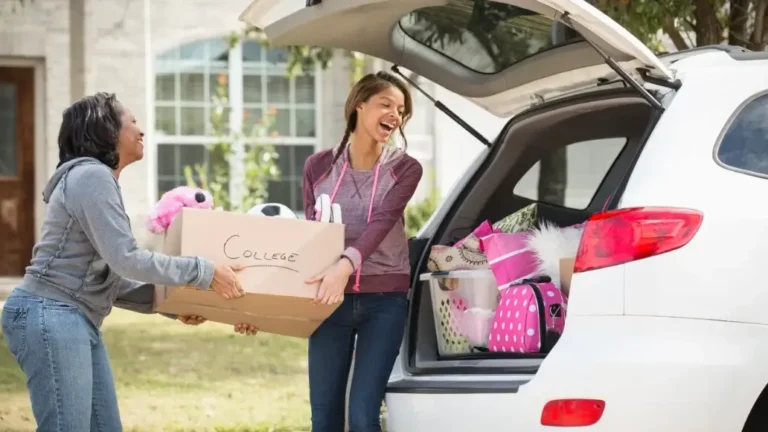Braking Badly: Why Improper Stopping Distances Lead to Highway Chaos
Maintaining a safe stopping distance is one of the most critical aspects of highway driving, yet it is often overlooked. Drivers who follow too closely or misjudge braking distances contribute to some of the most dangerous highway incidents, including pile-ups and chain-reaction collisions. A failure to stop in time can turn a simple slowdown into a catastrophic accident, putting countless drivers at risk.
Proper braking techniques depend on multiple factors, such as speed, road conditions, and vehicle weight. However, aggressive driving, distractions, and unpredictable traffic patterns lead many motorists to ignore safe stopping distances. These miscalculations often result in a multi-vehicle crash, where one sudden stop causes a chain reaction of collisions. When vehicles are traveling at high speeds with minimal space between them, the margin for error is small, and failing to brake appropriately can turn a routine highway slowdown into a major roadway disaster.
Tailgating and the Risk of Rear-End Collisions
Following too closely ranks as one of the most common causes of highway crashes. When drivers fail to maintain enough space between their vehicle and the one ahead, they significantly reduce their reaction time during sudden braking. At high speeds, even a one-second delay can determine whether a driver stops safely or collides with another car.
Tailgating becomes particularly dangerous in congested traffic, which often features abrupt slowdowns. A driver who expects smooth traffic flow may find themselves unprepared for an unexpected stop. This lack of preparedness increases the risk of an accident.
To avoid unnecessary collisions, maintaining a proper following distance is crucial. In normal conditions, a gap of at least three to four seconds is advisable, while extending this distance during poor weather conditions can further enhance safety.
Misjudging Braking Distances at High Speeds
Stopping distance increases exponentially with speed. As a vehicle travels faster, it requires more space to come to a full stop. Many drivers underestimate how much distance is necessary for safe braking on highways, leading to last-minute panic stops that can result in crashes.
For example, a car moving at 70 mph needs nearly 300 feet to stop completely under ideal conditions. Factors such as wet roads, worn-out brakes, or heavy traffic can extend this distance even further.
Drivers who overlook these considerations place both themselves and others at risk. Sudden stops can become dangerous when the required braking distance is not taken into account. Awareness and proper planning are essential for safe driving.
The Dangers of Brake Checking and Aggressive Driving
Brake checking involves intentionally slamming on the brakes to intimidate another driver, a behavior that poses significant dangers and often leads to accidents. This aggressive act surprises trailing drivers, increasing the likelihood of rear-end collisions and chain-reaction crashes.
Aggressive driving practices, such as weaving through traffic and making abrupt lane changes, further exacerbate stopping distance issues. When drivers make sudden moves without signaling, they force others to brake unexpectedly, resulting in hazardous conditions on busy highways.
To mitigate these risks, it is essential to remain calm while driving and maintain a steady driving pattern. Adopting a more patient approach can help create a safer environment for everyone on the road.
How Weather Conditions Affect Stopping Distances
Rain, snow, and ice have a significant effect on a vehicle’s ability to stop safely. Wet roads lead to reduced tire traction, which increases braking distances and heightens the danger of sudden stops. In icy conditions, stopping distances may reach up to ten times longer than those on dry pavement, especially making highway driving quite hazardous.
Drivers who do not adjust their speed or maintain extra space between vehicles during inclement weather face a greater risk of causing multi-car pileups. This lack of caution can lead to serious accidents as conditions worsen.
To enhance safety while driving in poor weather, slowing down is essential. Using gentle braking techniques and avoiding sudden movements can help prevent skidding and a loss of control on slippery roads.
Large Trucks and the Challenge of Extended Stopping Distances
Commercial trucks require significantly more distance to come to a complete stop when compared to passenger vehicles. A fully loaded semi-truck traveling at highway speeds may need up to 600 feet to stop safely, which is nearly two football fields. This can create dangerous situations when passenger cars cut off large trucks or brake suddenly in front of them, leaving truck drivers with insufficient time to avoid a collision.
Truck drivers face challenges such as brake fade, a condition that arises from frequent or prolonged braking leading to reduced stopping power. This issue makes it even more critical for drivers to be mindful of their stopping distances, as the consequences of not doing so can be severe.
To prevent trucking-related highway crashes, maintaining vehicles properly, maintaining safe following distances, and implementing defensive driving strategies are essential. These measures contribute to safer roadways for both truck drivers and other motorists alike.
Distracted Driving and Delayed Reaction Times
A driver who is distracted—whether from texting, adjusting the GPS, or other activities—loses precious seconds when sudden braking becomes necessary. Even a brief glance away from the road can delay reactions, resulting in increased stopping distances and a heightened risk of a crash.
Highway driving demands complete attention, as traffic conditions can shift rapidly. Maintaining focus helps ensure that drivers can respond to changes effectively.
Keeping both hands on the wheel and scanning ahead for potential slowdowns minimizes distractions. This vigilant approach enables drivers to brake in time, ultimately preventing accidents.
Preventing Highway Chaos with Smart Braking Habits
Safe braking starts with awareness and patience. Drivers should always maintain a safe following distance, adjust their speed based on road conditions, and avoid sudden stops whenever possible. Anticipating slowdowns by looking several cars ahead helps reduce the need for hard braking.
Advanced safety features such as adaptive cruise control and automatic emergency braking assist drivers in maintaining proper stopping distances. However, relying on technology alone is not enough—developing good braking habits and practicing defensive driving are essential to preventing highway chaos.







